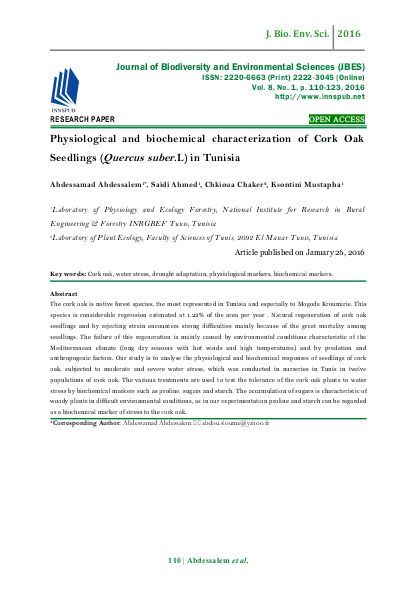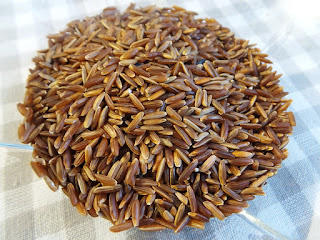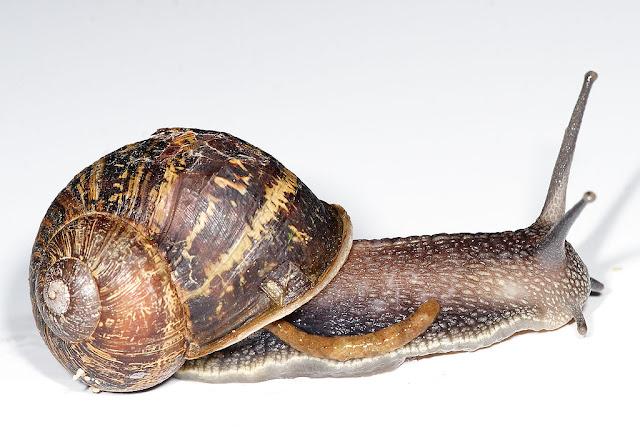By: Yao Fulgence Koffi, Waze Aimée Mireille Alloue-Boraud, Louis Ban Koffi, Amon Fabrice Adohi, Marcellin Koffi Dje, Marc Ongena
- Laboratory of Microbiology and Biotechnology, National Center of Agronomic Research (CNRA), Côte d’Ivoire
- Department of Sciences and food Technology, University Nangui Abrogoua, Côte D’ivoire
- Walloon Center of Industrial Biology (CWBI) Unit of Bio-Industries University of Liège Gembloux Agrobio-tech, Belgium, Passage des Déportés.
 Pests, microorganisms and parasites are responsible for significant
losses crops and especially fruits and vegetables, which threaten food
human. Côte d’ivoire, the first provider of pineapple (Ananas comosus)
fresh on European market is facing in recent years to a drastic drop in
production to several factors including the action of microorganisms
during storage.
Pests, microorganisms and parasites are responsible for significant
losses crops and especially fruits and vegetables, which threaten food
human. Côte d’ivoire, the first provider of pineapple (Ananas comosus)
fresh on European market is facing in recent years to a drastic drop in
production to several factors including the action of microorganisms
during storage.
More articles of this issue: The nutritional and mycoflora changes during storage of groundnut (Arachis hypogea)
Journal Name: International Journal of Agronomy and Agricultural Research (IJAAR)
Publisher Name: International Network For Natural Sciences (INNSPUB)
Download Pdf
Source: International Journal of Agronomy and Agricultural Research @2015 Journal of agronomy













































